Terminal Radar: It’s the Weather Pilots Don’t See
Flying Magazine
MAY 26, 2025
Even if you have a datalink weather capability in the cockpit, dont give up on your air traffic controllers. Your satellite-based weather receiver becomes less effective in the busy terminal area due to its latencyespecially if an update or two is missed. Plus, the airspace is more congested, giving you less options to deviate.




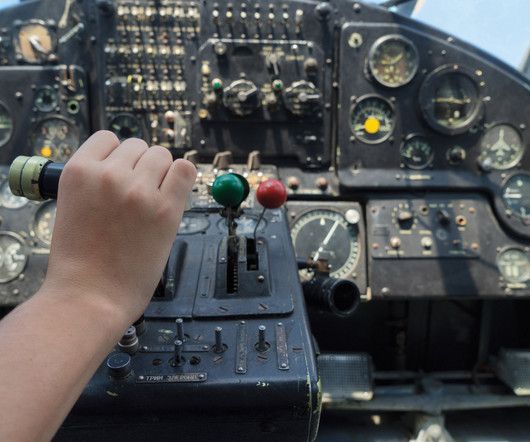
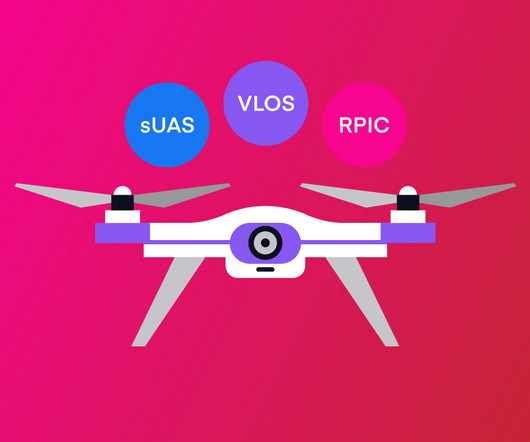


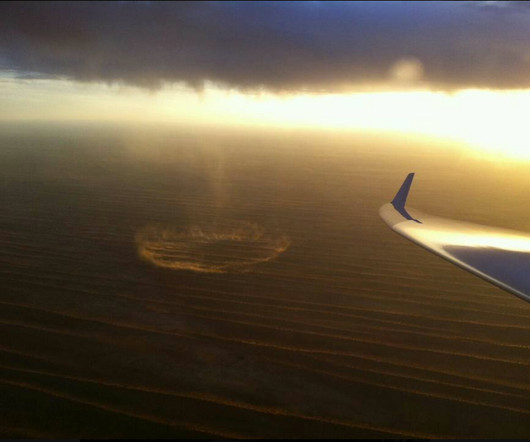
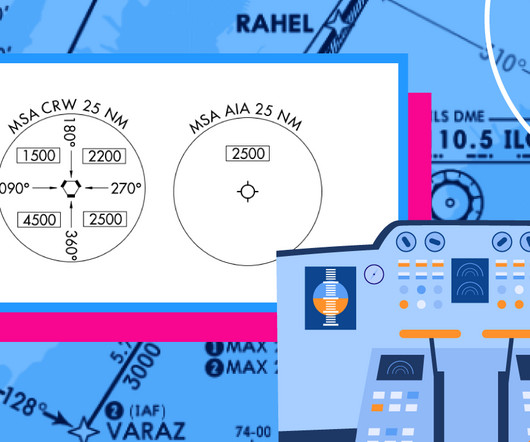

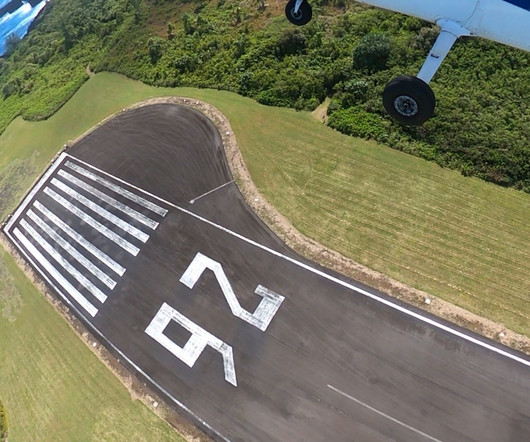


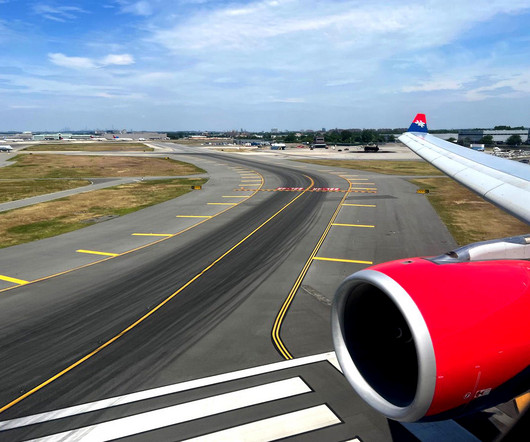










Let's personalize your content